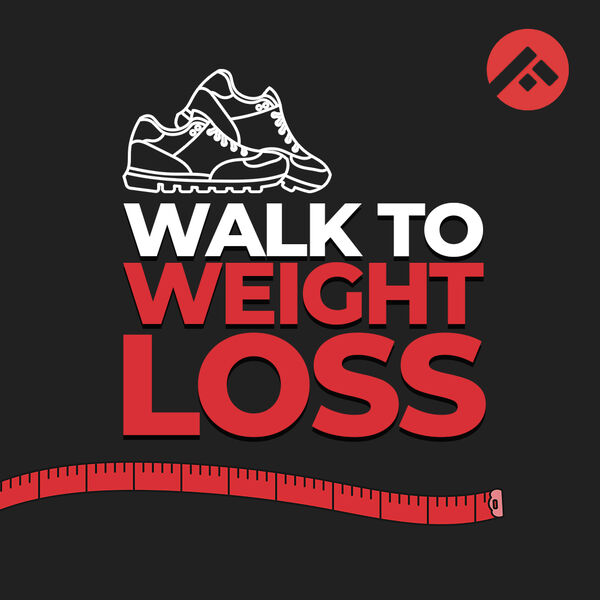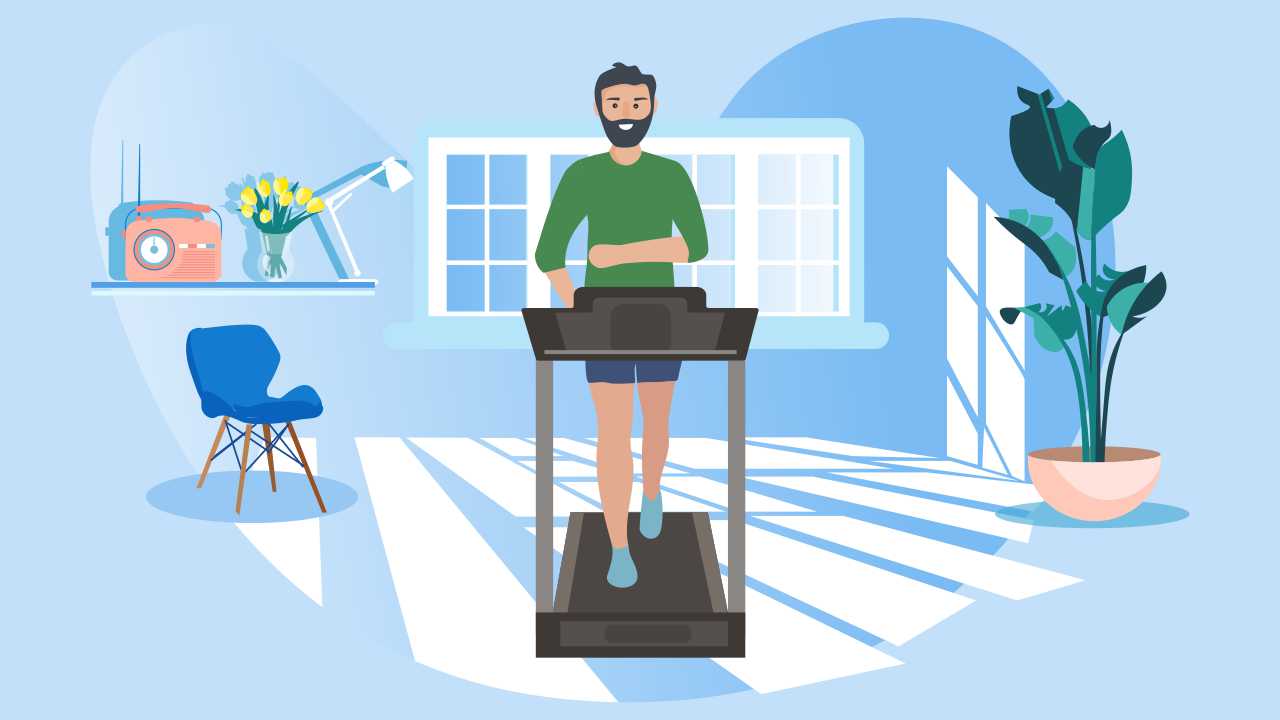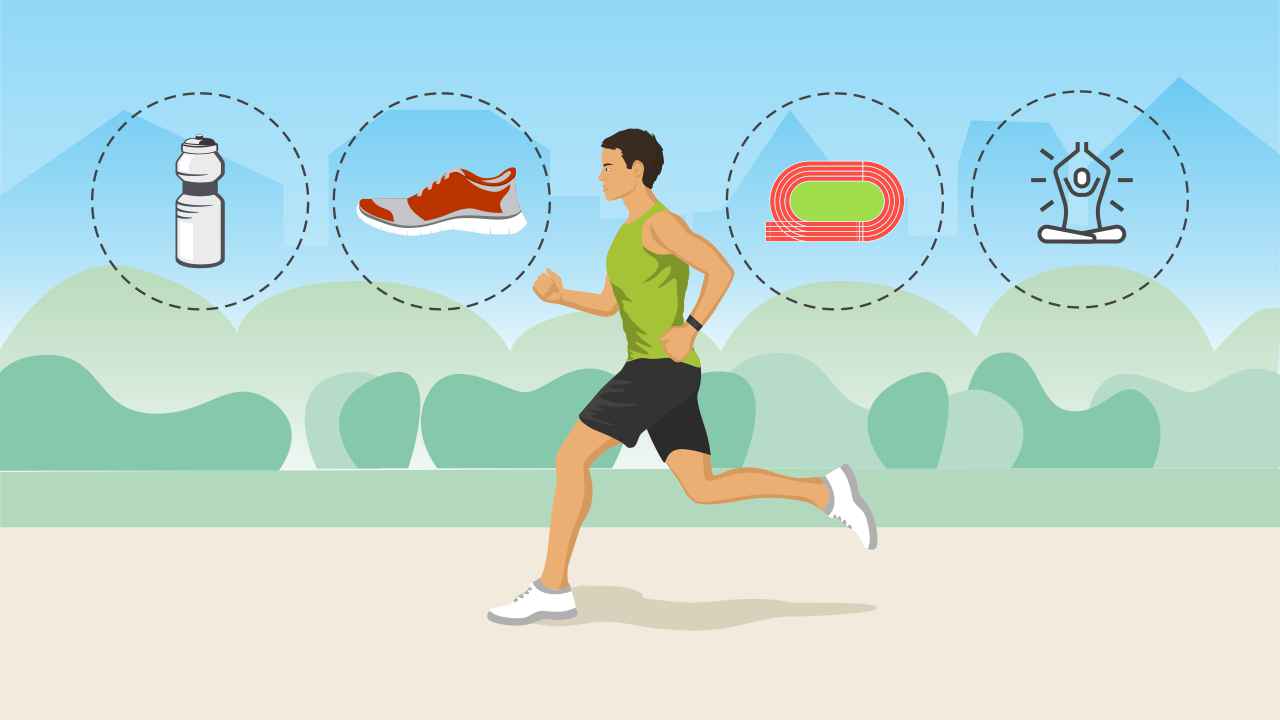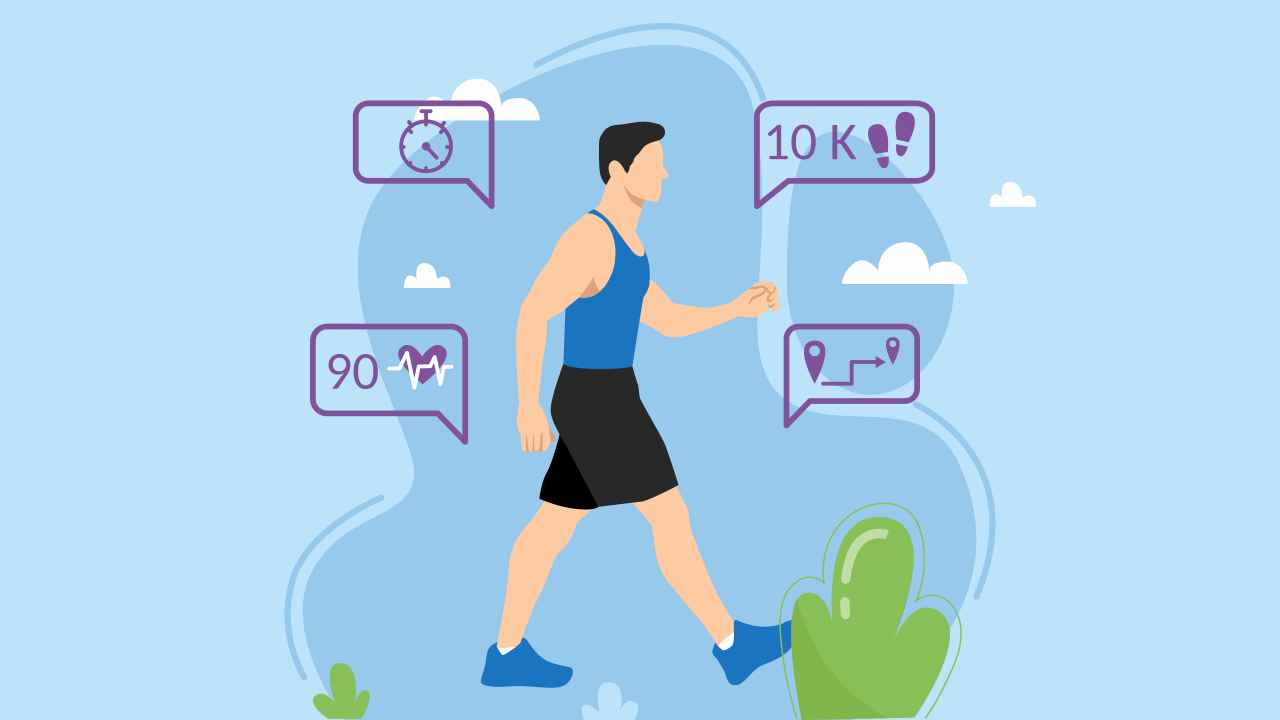
How to Walk Faster: Tips and Techniques
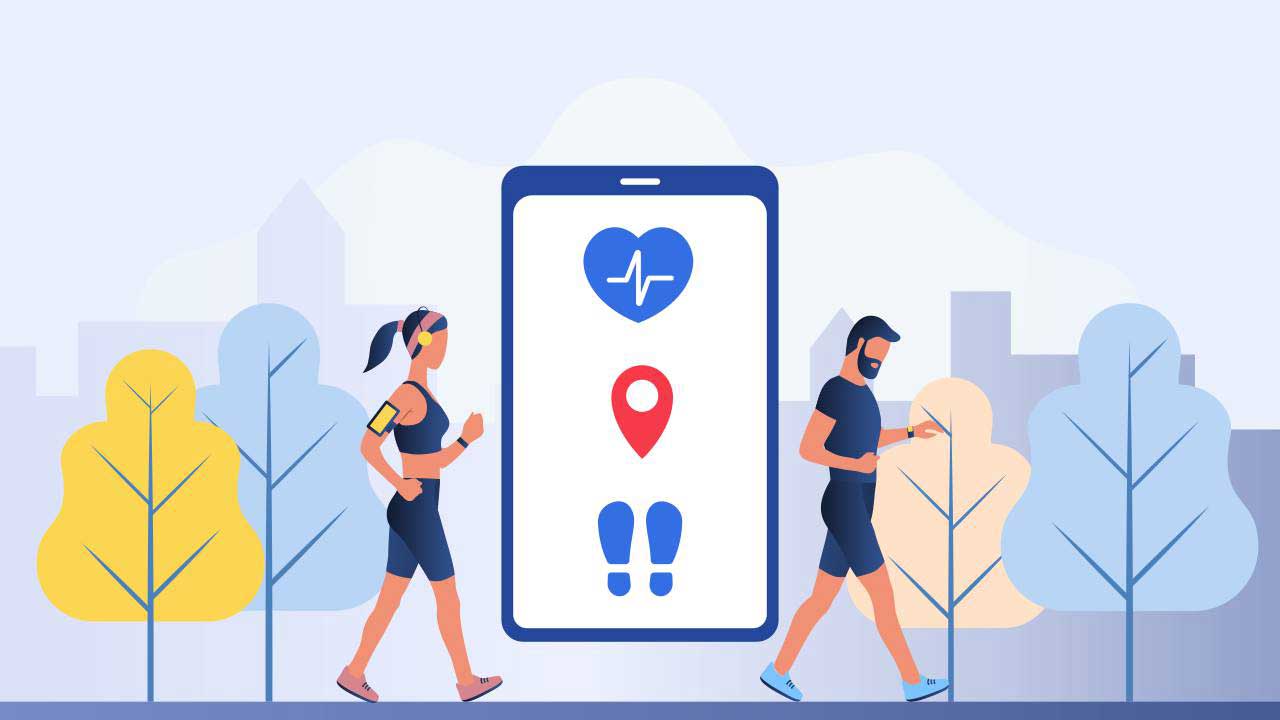
Walking fast not only elevates your heart rate during the workout to give you an enhanced cardiovascular adaptation, it also helps burn more calories. The amount of calories you burn per kilometer of walking is about 70-75. So, if you allocate one hour to your everyday walk, you would increase the distance walked in that hour due to a faster pace, which will lead to caloric expenditure.
Establish a baseline
1. In order to work at increasing your pace at walking, you should first establish a baseline for your current pace. While there are many GPS watches that would do this for you, a quick and simple way is to use a measured route of say one kilometer.
2. Warm-up with easy walking for 10 minutes, so your heart rate increases gradually and your core temperature rises. This will prepare your muscles, joints, and heart to take on the increase in the intensity of the next phase. You may start your stopwatch and begin walking at your current walking pace. As soon as you have covered the end of the marked kilometer, stop the watch and check the time elapsed.
3. Rest for three minutes and do the same one-kilometer route once again. Record the time. Take the average of the two times. This will be your current pace in minutes/ km. Measure your heart rate by checking your pulse on the wrist. Count the number of beats in 10 seconds and multiply by six to arrive at your heart rate in beats per minute.
For instance, if the time taken to cover one kilometer in the first round is 10 minutes, and in the second round is 8 minutes, your current pace will be 9 minutes/km. If your pulse is 10 beats in 10 seconds, your heart rate will be 60 beats per minute.
4. Keep a record of this because as you get fitter, the heart rate will come down. If you then make an effort to go back to the same heart rate, it would mean that you would walk faster.
5. Cool down with an easy five-minute leisurely walk to bring your heart rate back to recovery level. Stop and execute a few stretches for your calves, hamstrings, and quads.
Also watch: How Much Daily Walk Is Advisable?
Tips and techniques to walk faster
Walking fast is not achieved by merely urging the body to move faster. In fact, it is all about technique. Here are a few tips and cues to help you achieve it.
Walk upright and tall
This will allow you to breathe easier because your diaphragm will be free. Arching your back or leaning too far forward or slouching will bring pressure on the lower back.
- Keep your head up and look about 15m in front of you
- Relax your shoulders and pull them slightly back
- Engage your core
- Keep your back straight
Swing your arms
The arm swing leads and prompts the legs to move faster. Keeping the arms moving in step with your stride brings a rhythm.
- Bend the arms at right angles
- Tuck the elbows in close to your sides
- Bend the elbows at approximately 90°
- Curls your fingers lightly
- With every upswing the hand should come up to chest level
- With every down swing the hand should reach your back pocket
- Don’t allow the arms to swing across the body
Quick feet and stride
Fast walking requires a faster cadence and not a longer stride. A good goal is to target about 125-135 steps/ minute. You could download a “metronome” app, set it for 125 beats/ minute and swing your stride to that beat.
- Pull the leg forward as soon as it leaves contact with the ground
- Keep a smooth stride with your foot touching close to your hips and not extending far ahead
- Allow the heel to hit the ground softly
- Roll quickly from heel to toe as the foot passes below the hips
Power push-off
The push-off allows you to propel forward and also lets you swing the leg forward.
- Focus on pushing off with the ball of your foot
- Imagine you are trying to show someone behind you the sole of your shoe
Using the technique to build speed
When you set out for a walk, begin your warm-up routine with a gentle walk until you break into a sweat in about 10 minutes. Now initiate the above technique and focus on each aspect such as posture, arm swing, quick feet and push-off, for two minutes each. Recover with a 3-minute gentle walk and start the technique again. Aim for about 30 minutes of technique-based walking. Lengthen the time of this technique-based walk to three sets of 15 minutes and finally to two sets of 20 minutes. In about 6-8 weeks, do the “time trail” for your 1km walk to check improvement.
Also read: How to Train Progressively to Walk Longer
Improving walking speed will bring about a host of benefits such as enhanced aerobic base, increase in calories burnt, covering a longer distance in the same time, increase in lean mass due to loss of fat and improved overall mental and physical well-being. You may also consider building core strength by doing exercises such as the front plank, side plank, bird-dog, and Russian twist.
For more information, you can also listen to our Walk to Weight Loss podcast.




